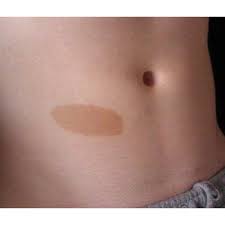
Birthmarks are a part of what makes you, you.
Birthmarks that appear on our skin may seem mysterious, but they are actually very common.
Most people have at least one birthmark, and they come in all shapes, sizes, and colours. But what do they really mean?
What are birthmarks?
Medically speaking, birthmarks are coloured marks on the skin that are present at birth or appear shortly afterwards. They are caused by an abnormal growth of melanin-producing cells (melanocytes) or blood vessels in the skin.
There are two main types of birthmarks:
1. Pigmented birthmarks: These are caused by an overgrowth of melanin-producing cells. They can be brown, black, blue, or red.

Common examples include moles, Mongolian spots, and cafe-au-lait spots.
2. Vascular birthmarks: These are caused by abnormal blood vessel development. They can be red, purple, or pink.
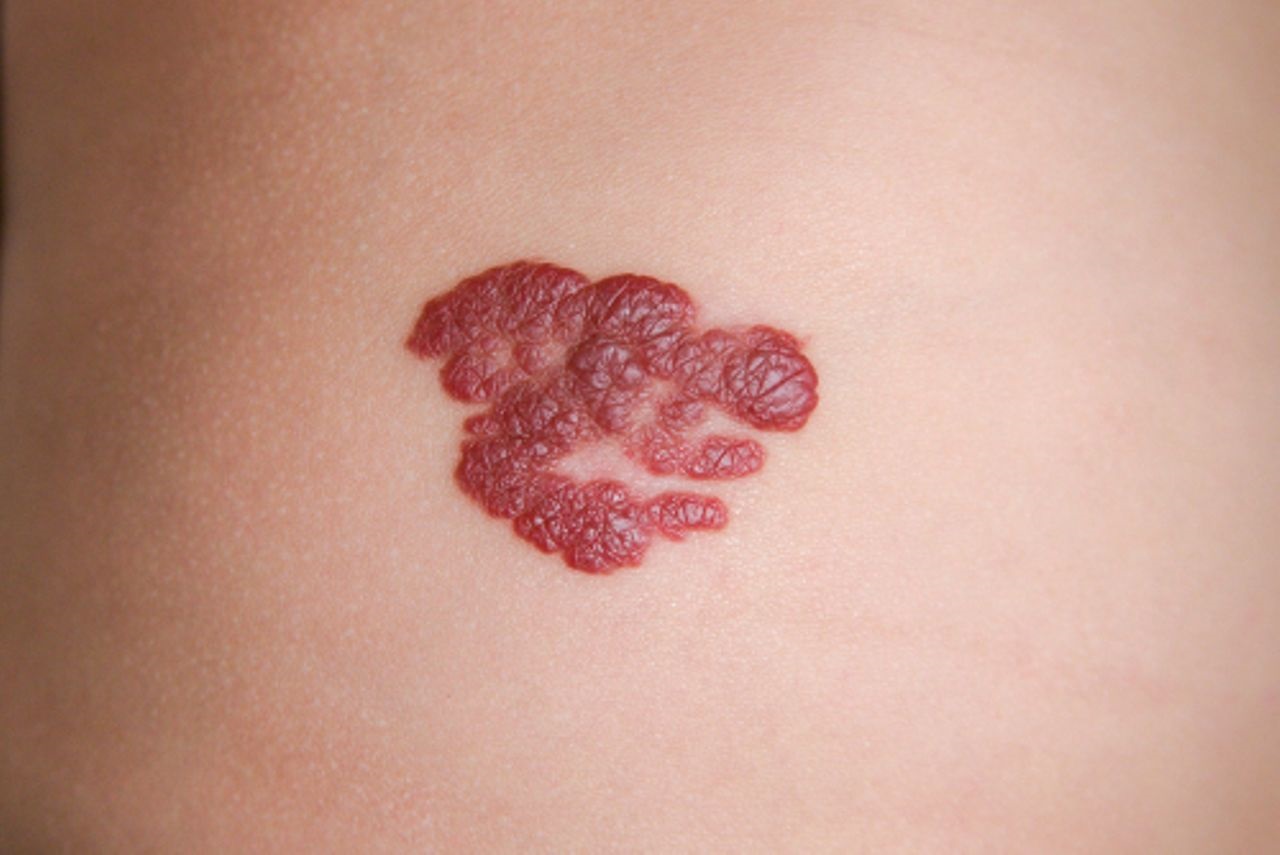
Common examples include hemangiomas and port-wine stains.
What causes birthmarks?
Science doesn't exactly know why we get birthmarks. In most cases, the cause is unknown. They are not caused by anything a mother does or doesn't do during pregnancy. They happen by chance during fetal development. Genetics may play a role, as birthmarks can sometimes run in families.

Most birthmarks are harmless and don't require any treatment. In some cases, however, birthmarks can be associated with underlying medical conditions. If you have a birthmark that changes in size, shape, or colour, it's always best to consult a doctor to get it checked.
The mystery and meaning of birthmarks
Throughout history, birthmarks have been shrouded in mystery and superstition. Different cultures have associated them with everything from good luck and fortune to personality traits and even past life experiences.
Here's what birthmarks on different body parts supposedly mean:
1. Forehead
A birthmark on the right forehead was said to indicate intelligence and success in academics, while one on the left was associated with creativity and a flamboyant personality. A birthmark in the centre of the forehead was believed to foretell a colourful love life!
2. Arms
In some cultures, a birthmark on a man's arm signified a fondness for domestic chores, while on a woman's arm, it indicated a career-oriented personality.
3. Back of the neck
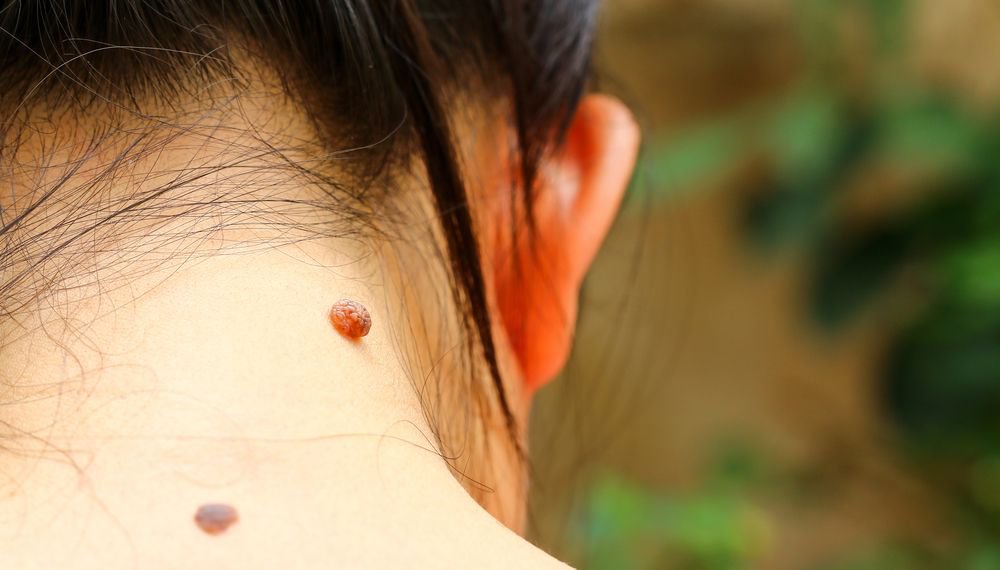
A birthmark on the back of the neck was believed to be a sign of future success, but it could also mean that you might distance yourself from loved ones.
4. Near the mouth
Birthmarks near the mouth were associated with wealth, talkativeness, and a happy but sensitive nature.
5. Thighs

Thigh birthmarks were generally considered lucky symbols, bringing good luck, wealth, and happiness.
6. Legs
Birthmarks on the legs were said to indicate difficulty in making decisions and a reliance on others for guidance.
7. Feet
Feet birthmarks symbolised a love for adventure, travel, and exploring new cultures. They were also seen as signs of leadership potential.
8. Eye
An eye birthmark was believed to signify a bit of a troublemaker spirit, with a love for adventure (which could sometimes be negative). However, it was also associated with learning from experiences and gaining wisdom.
9. Breast
A birthmark on the breast was said to represent future success, indicating that hard work would pay off.
10. Shoulder blades
Birthmarks on the shoulder blades were believed to suggest a life with a higher purpose, where you would need a partner who shared your calling or understood it completely.
11. Back
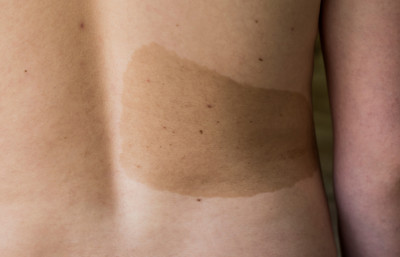
Back birthmarks generally symbolised an open-minded, practical, and honest personality.
12. Heel
According to some folklore, a birthmark on the heel marked you as a fighter, perhaps even a descendant of the great Greek warrior Achilles!
13. Stomach

Birthmarks on the stomach were associated with less positive traits, sometimes signifying gluttony or greed.
Note that these are just cultural beliefs, and there's no scientific evidence to support these associations.
Should you be worried about your birthmark?
In most cases, birthmarks are nothing to worry about. But it's always a good idea to talk to your doctor if:
- Your birthmark suddenly changes size, shape, or colour.
- Your birthmark becomes itchy, painful, or bleeds.
- You have a large or unusual birthmark that you're concerned about.
Your doctor can examine your birthmark and let you know if there's anything to be concerned about. They can also recommend treatment options if necessary.
This content was created with the help of an AI model and verified by the writer.
Read Full Story










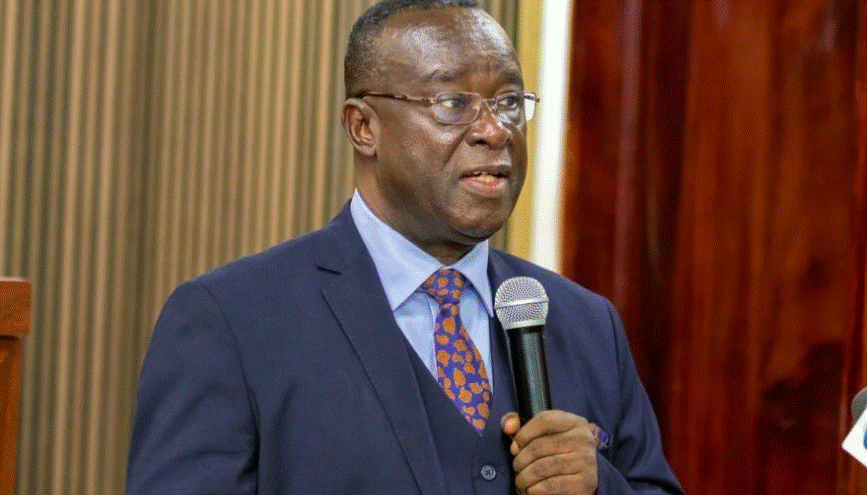









Facebook
Twitter
Pinterest
Instagram
Google+
YouTube
LinkedIn
RSS